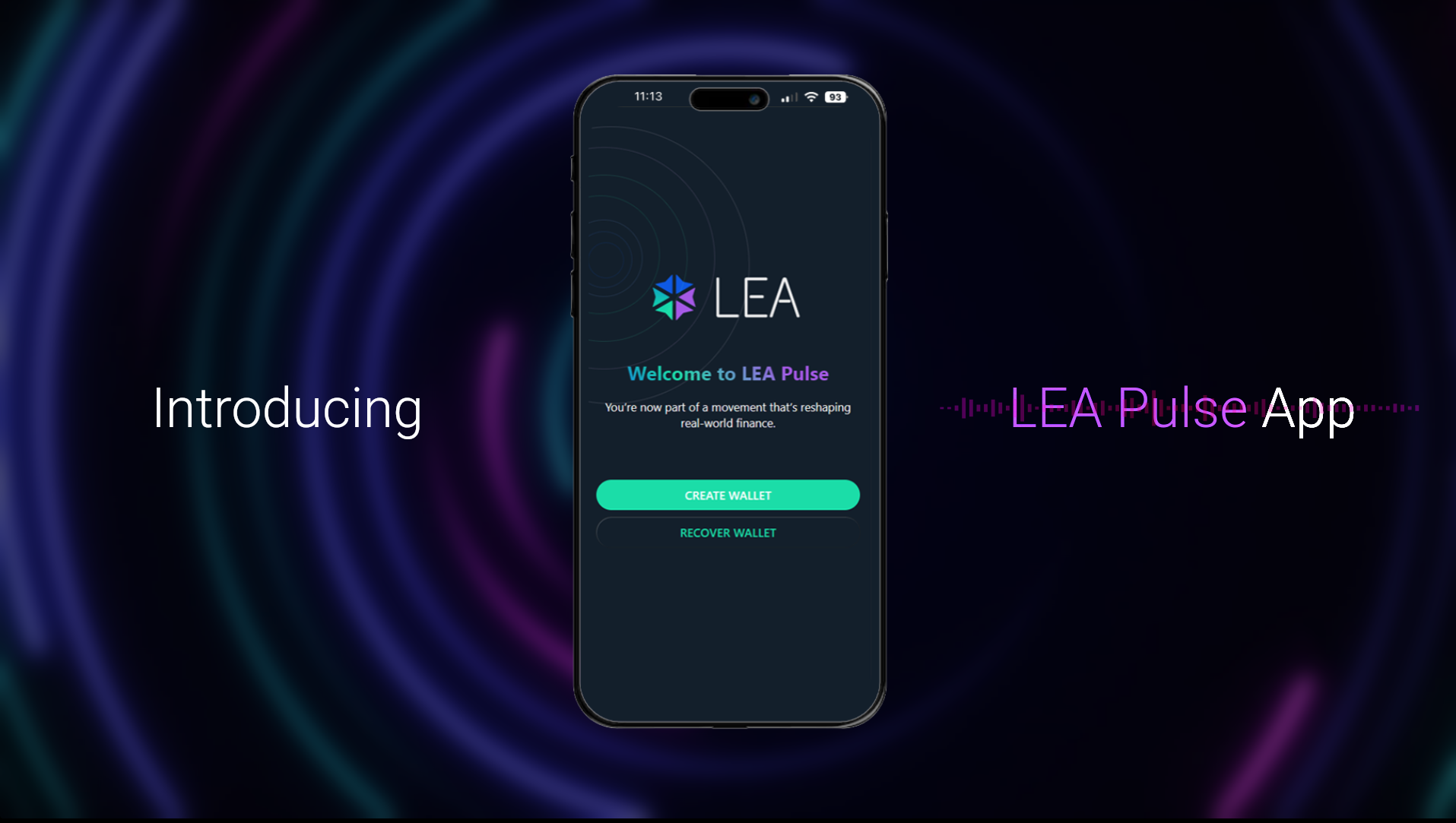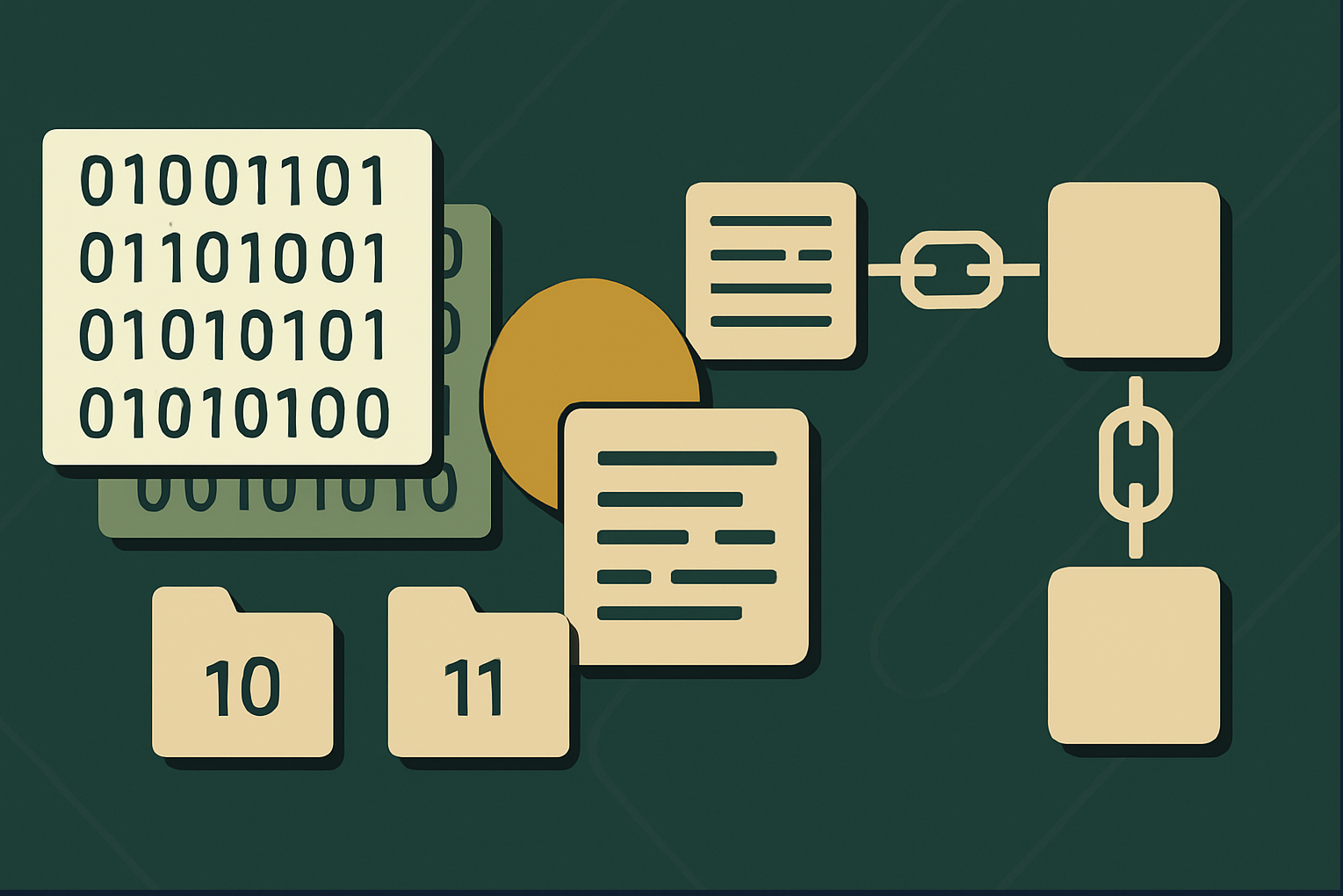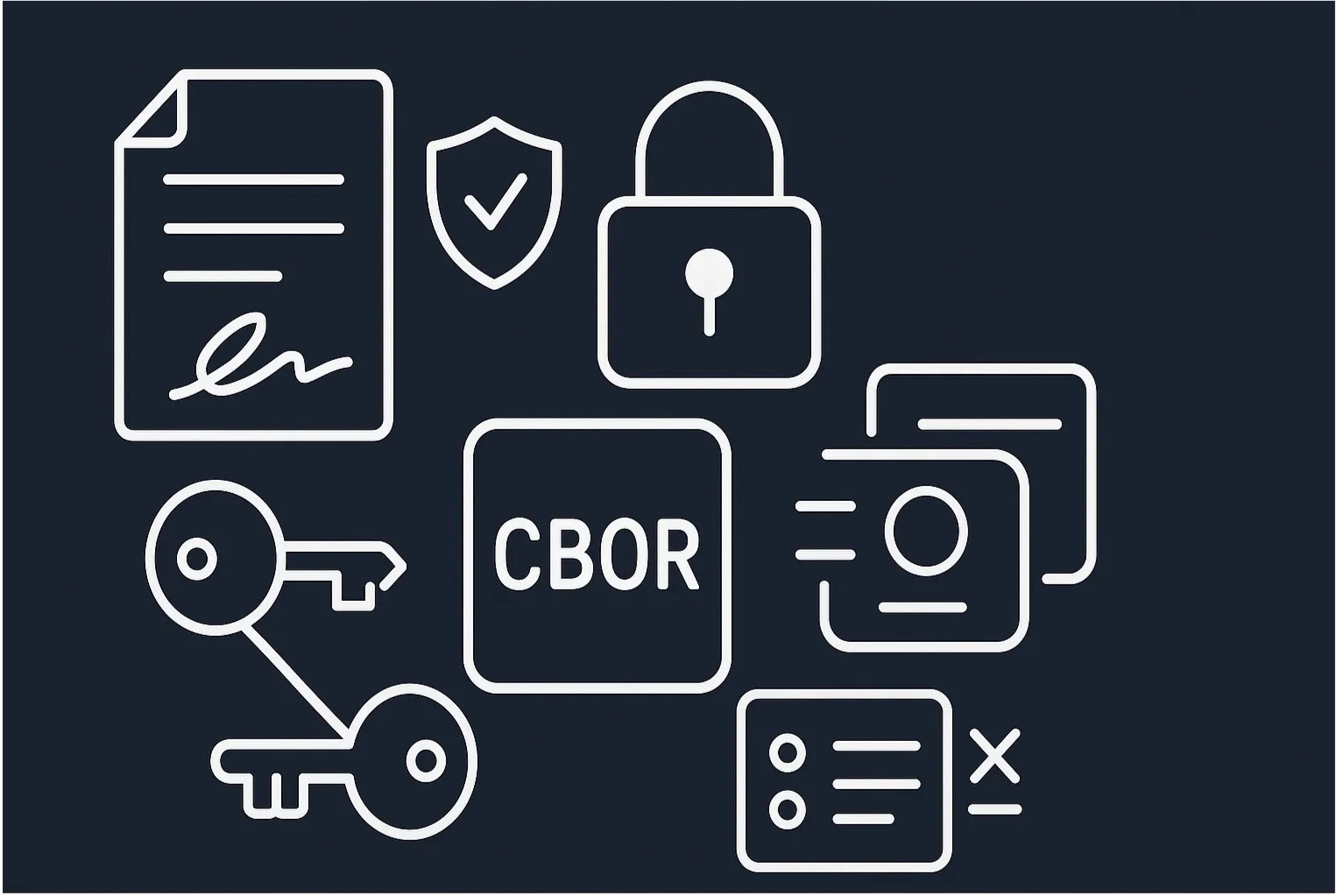LEA Pulse (Alpha): Your Starting Point in the LEA Ecosystem
LEA Pulse alpha onboarding app is your early access point into the LEA Blockchain ecosystem. Built for first adopters, this mobile app lets users create wallets, earn test tokens, and engage with the community — all while helping shape the platform’s future.
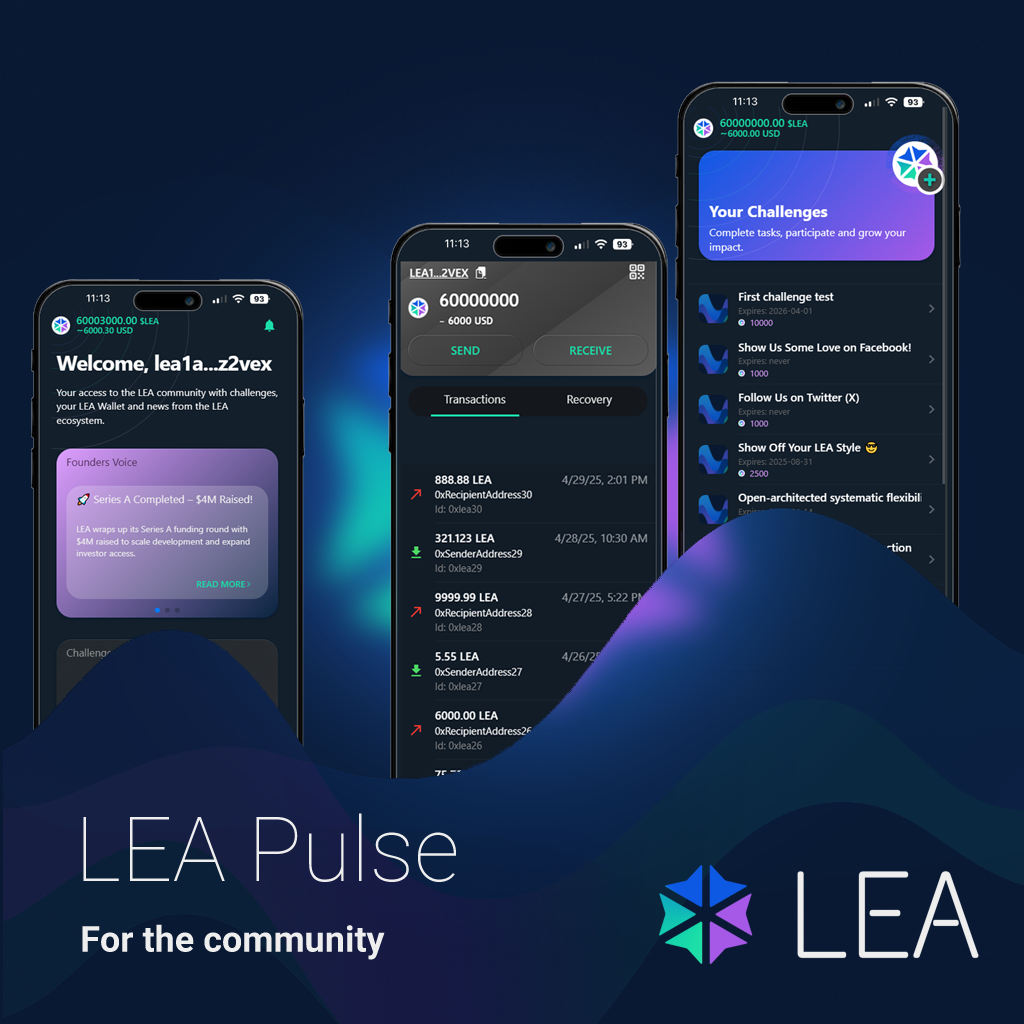
The LEA Blockchain is designed to make investing in real-world assets more accessible, transparent, and community-driven. But before the full platform goes live, we’re inviting early users to explore and help shape LEA Pulse alpha onboarding app, our companion app currently in alpha testing.
LEA Pulse offers an early-access experience for those who want to be part of the LEA ecosystem from the beginning. Whether you’re here to test, give feedback, or stay informed, Pulse is your entry point.
What You Can Do in the Alpha
Even in its early form, LEA Pulse includes several working features:
Create and Recover Your Wallet
Start with a secure, non-custodial wallet — no registration, no custodians.
A built-in recovery process ensures you stay in control if your device changes.
Founders Voice
Get updates and key messages directly from the LEA founders.
This feature is designed to keep early users informed about development progress, strategy, and future decisions — all in one place.
Complete Challenges and Earn $LEA
We’ve introduced a simple task and reward system. Try out features, invite others, and explore — and earn $LEA test tokens for your participation. Your activity will help us shape the experience for the broader community.
Basic Wallet Functions
Send and receive $LEA (test tokens), and view transactions in a secure, streamlined interface.
We’re currently focusing on core functionality, speed, and reliability.
What’s Coming Soon
As development continues, we’re preparing the next phase of features, including:
- News Feed: Stay informed about project milestones, airdrops, and RWA onboarding.
- Community Hub: A space for conversation, collaboration, and early feedback from users like you.
These features will be gradually introduced based on testing feedback and technical readiness.
Why Start with Pulse?
LEA Pulse alpha onboarding app is more than a testing tool — it’s the starting point for people who want to engage early and help build the LEA ecosystem from the inside out.
As the LEA Blockchain evolves, Pulse will grow with it. The early feedback we receive now will directly influence how we prioritize new features and improve the user experience.
Why This Matters
LEA Pulse isn’t just an app. It’s the onboarding ramp to an ecosystem where real-world assets meet blockchain transparency — and you help decide what gets built.
Support Us
Curious to learn more or get involved with the LEA ecosystem? Discover getlea.org for project updates, documentation, and to explore how we’re building the future of real-world assets on-chain. Want to learn how this fits into the bigger picture? Explore how LEA Blockchain supports real-world assets
Follow us: Facebook | Twitter | Github
Unlocking Efficient Data Encoding with LEA: Inside the Serialization Codecs Project [Tech]
LEA blockchain serialization codecs are powering the next generation of data encoding for decentralized systems. With BitWeave Variable-Length Encoding (BWVLE) and Compact Transaction Encoding (CTE), LEA offers space-efficient, secure formats purpose-built for blockchain use.
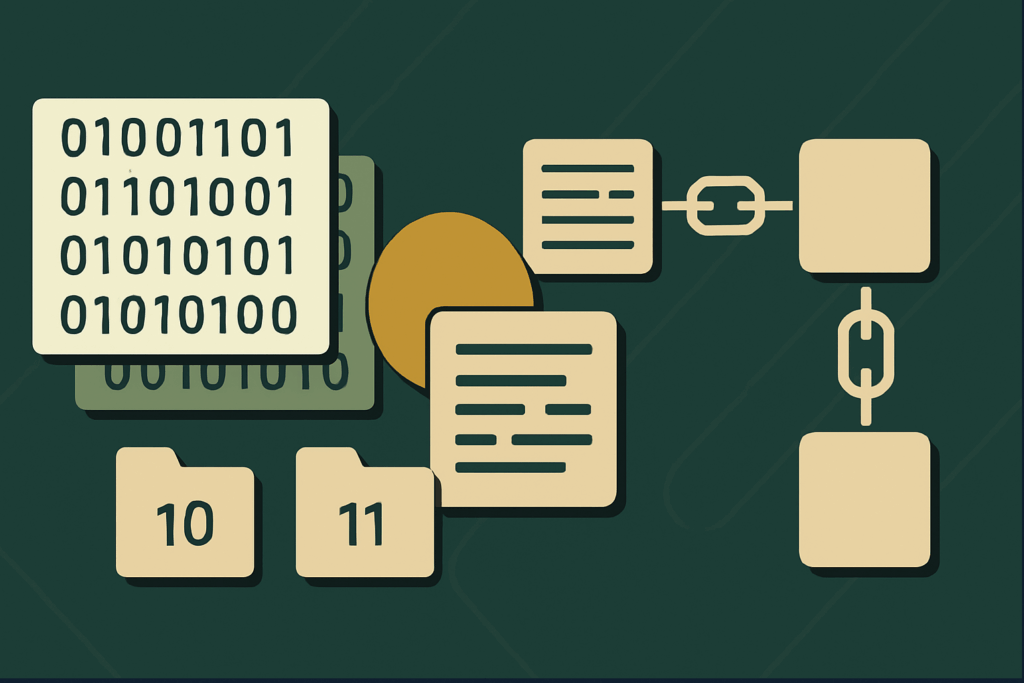
Data encoding is one of those hidden but critical layers that power the systems we depend on every day — from messaging apps to financial systems. In blockchain, where every byte counts, the need for efficient, secure, and predictable data serialization is even more pressing. That’s where the LEA Project’s Serialization Codecs come in.
This open-source GitHub repository (LEA-Blockchain/serialization-codecs) provides implementations and specifications for cutting-edge encoding algorithms designed to optimize blockchain data structures. The project currently showcases two specialized formats:
- BitWeave Variable-Length Encoding (BWVLE)
- Compact Transaction Encoding (CTE)
Let’s explore what these formats are, how they work, and why they matter.
Meet the LEA Project
The LEA Project (Lightweight Encryption Algorithms) is an initiative focused on creating secure, efficient cryptographic and data-handling tools for decentralized systems. Serialization is a key part of this vision: if you can’t store or transmit data efficiently, you lose scalability — and possibly security.
The serialization-codecs repo is part of LEA’s broader effort to create practical, well-specified, and implementable solutions for blockchain developers.
BitWeave Variable-Length Encoding (BWVLE)
📁 Location: bwvle/
What is it?
BWVLE is a versatile encoding scheme tailored for secure serialization of:
- Scalar unsigned 64-bit integers (uint64_t)
- Variable-length byte sequences
It’s built around a simple but powerful idea: prefix-based type discrimination.
How it works
BWVLE encodes each data field using a 2-bit prefix:
- 10 → indicates a byte sequence
- 11 → indicates a scalar integer
By keeping prefixes canonical and unambiguous, BWVLE reduces the possibility of decoding errors or security vulnerabilities. It’s especially useful in systems where clear data type boundaries are necessary but you can’t afford to waste space.
Why it matters
- Security through canonicalization: Prevents multiple valid encodings of the same value, a common source of bugs and vulnerabilities.
- Compact & type-aware: Delivers both size efficiency and easy decoding logic.
- Ideal for blockchain: Especially well-suited for environments where every bit is scrutinized — like smart contracts and transaction logs.
Compact Transaction Encoding (CTE)
📁 Location: cte/
What is it?
CTE is a purpose-built binary serialization format focused on one thing: compact, efficient transaction representation.
Designed with a hard size cap in mind — 1232 bytes per transaction in version 1.0 — CTE makes it feasible to pack complex transaction data into strict on-chain limits.
How it works
CTE uses a 2-bit tag system embedded in the first byte of each field to distinguish between:
- Public Key Lists
- Signature Lists
- Index References
- Variable-length Command Data
Each field type has a predictable structure and size, making CTE both space-efficient and fast to parse.
Features
- Binary structure: Allows precise byte-level control
- Field typing: Enables structured validation and easy deserialization
- Highly optimized: Designed for low-latency environments and bandwidth-limited chains
Why You Should Care
If you’re building blockchain infrastructure, smart contracts, wallets, or even layer-2 scaling solutions, encoding matters more than you think.
Inefficient serialization can:
- Bloat transactions
- Increase gas/fees
- Open up attack surfaces
The LEA Serialization Codecs offer plug-and-play solutions that are:
- Well-documented
- Security-focused
- Tested in real-world blockchain constraints
Final Thoughts
As blockchain technology matures, low-level tooling like serialization codecs will define how scalable and secure our systems become. Projects like LEA’s serialization-codecs are doing the hard work of making high-performance, compact data encoding accessible to everyone.
So whether you’re a protocol developer or just blockchain-curious, give this repo a look. These aren’t just encoding formats — they’re blueprints for better blockchain infrastructure.
🔗 Explore the repo: Github.com
Follow us: Facebook | Twitter | Github
Suite25519 Cryptographic Library for Real-World Assets | LEA Blockchain [Tech]
Suite25519 is a cryptographic library for real-world assets, engineered to be secure, simple, and efficient. Built under the LEA Blockchain ecosystem, it’s designed for developers needing high-performance crypto tools with minimal overhead.
Powered by the excellent @noble/ciphers, @noble/curves, and @noble/hashes packages, Suite25519 layers on top of these audited, performant libraries to provide a clean, minimal API for developers who need cryptographic capabilities without the overhead.
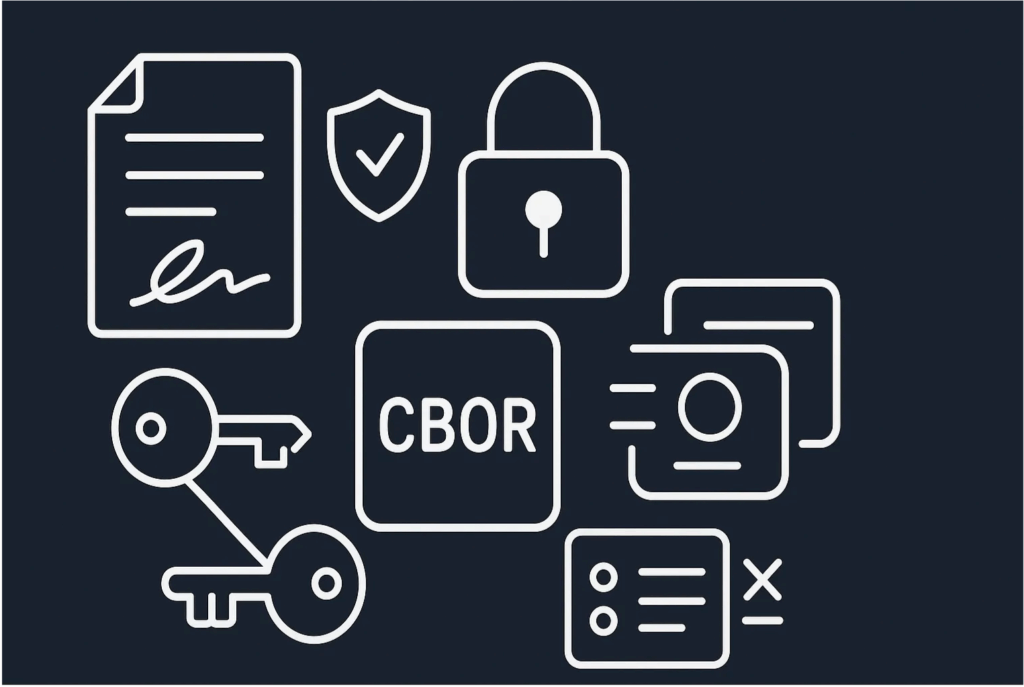
What It Does
Suite25519 offers a focused suite of cryptographic functions built around Ed25519 and X25519, with support for modern CBOR serialization and isomorphic usage across environments.
This cryptographic library for real-world assets includes...
- Key Pair Generation
Generate Ed25519 key pairs for secure message signing and identity. - Digital Signatures
Sign messages using Ed25519 and verify authenticity with minimal API friction. - Signature Verification
Verify signed payloads to ensure data integrity and source authenticity. - Encryption via ECIES
Encrypt data using Elliptic Curve Integrated Encryption Scheme (X25519 + HKDF-SHA256 + AES-GCM-SIV) to ensure confidentiality and integrity. - Decryption via ECIES
Decrypt incoming payloads encrypted with your public key. - Combined Operations
Need sign-then-encrypt or decrypt-then-verify? Suite25519 makes these compound actions ergonomic and secure. - CBOR Serialization
Leverages cbor for compact, efficient binary encoding. Includes helpers for base64 export/import of keys. - Isomorphic Support
Write once, run anywhere: works in Node.js (v16+) and modern browsers supporting Web Crypto API. Uses native TextEncoder/TextDecoder, and base64 helpers likeatob/btoa.
Getting Started
0. Install via npm:
npm install @leachain/suite25519- Generate Keys & Sign a Message
import { PrivateKey, signMessage } from './suite25519.js';
// Generate a new identity (key pair)
const myPrivateKey = PrivateKey.randomPrivateKey();
const myPublicKey = myPrivateKey.publicKey;
// Create a signature for a message
const message = "This is my message";
const signedPayload = signMessage(message, myPrivateKey, true, true); // Include msg & key
console.log("Message signed successfully! Payload contains signature, message, and public key.");
// You would typically send 'signedPayload' (Uint8Array) to someone who has 'myPublicKey' to verify.For encryption:2. Encrypt & Decrypt a Message
This demonstrates encrypting a message so only the intended recipient (who holds the corresponding private key) can read it.
import { PrivateKey, encryptMessage, decryptMessage } from './suite25519.js';
// Assume we have the recipient's public key
const recipientPrivateKey = PrivateKey.randomPrivateKey(); // Recipient keeps this secret
const recipientPublicKey = recipientPrivateKey.publicKey; // This is shared publicly
// Encrypt a secret message for the recipient
const secret = "Meet me at midnight";
const encryptedPayload = encryptMessage(secret, recipientPublicKey);
// Only the recipient can decrypt it
const decryptedBytes = decryptMessage(encryptedPayload, recipientPrivateKey);
console.log("Message encrypted and decrypted successfully.");
// console.log("Decrypted:", new TextDecoder().decode(decryptedBytes)); // "Meet me at midnight"3. Sign-then-Encrypt & Decrypt-then-Verify
This combines signing and encryption. The message is first signed by the sender, then encrypted for the recipient. The recipient decrypts it and then verifies the sender’s signature, ensuring both confidentiality and authenticity.
import { PrivateKey, signAndEncryptMessage, decryptAndVerifyMessage } from './suite25519.js';
// Keys for sender and recipient
const senderPrivateKey = PrivateKey.randomPrivateKey();
const senderPublicKey = senderPrivateKey.publicKey;
const recipientPrivateKey = PrivateKey.randomPrivateKey();
const recipientPublicKey = recipientPrivateKey.publicKey;
// Message to send securely and with proof of origin
const importantMessage = "Order confirmed: #12345";
// Sender signs *then* encrypts
const signedEncryptedPayload = signAndEncryptMessage(
importantMessage,
senderPrivateKey, // Sign with sender's private key
recipientPublicKey // Encrypt for recipient's public key
);
// Recipient decrypts *then* verifies
const originalVerifiedBytes = decryptAndVerifyMessage(
signedEncryptedPayload,
recipientPrivateKey, // Decrypt with recipient's private key
senderPublicKey // Verify against sender's public key
);
console.log("Message securely transmitted and sender verified.");
// console.log("Original Message:", new TextDecoder().decode(originalVerifiedBytes)); // "Order confirmed: #12345"Learn More
Whether you're building with LEA or elsewhere, Suite25519 is a cryptographic library for real-world assets that prioritizes security and simplicity.
Check out the documentation or explore the source code on GitHub. Suite25519 is under active development with security and simplicity at its core.
If you’re building with LEA, or just need reliable crypto primitives with an easy API, Suite25519 has your back.
Secure. Simple. Suite25519.
Follow us: Facebook | Twitter | Github


